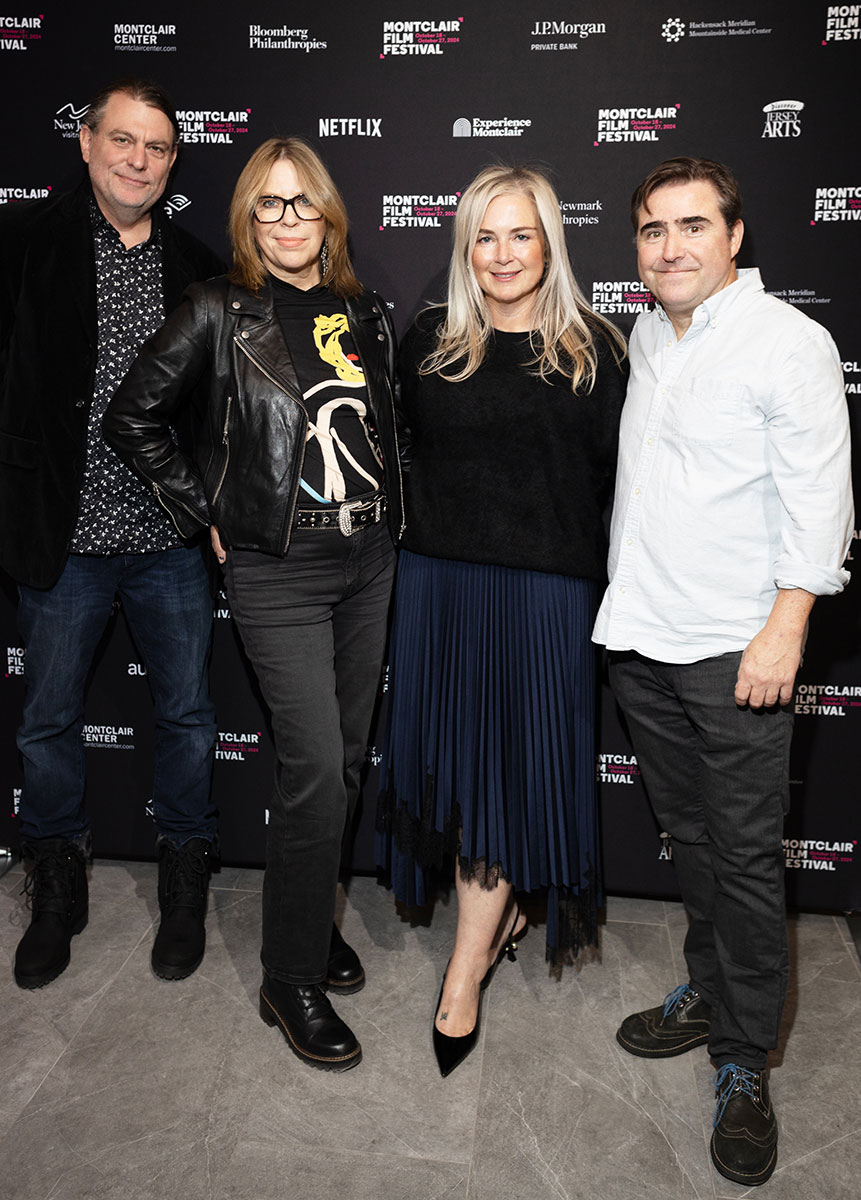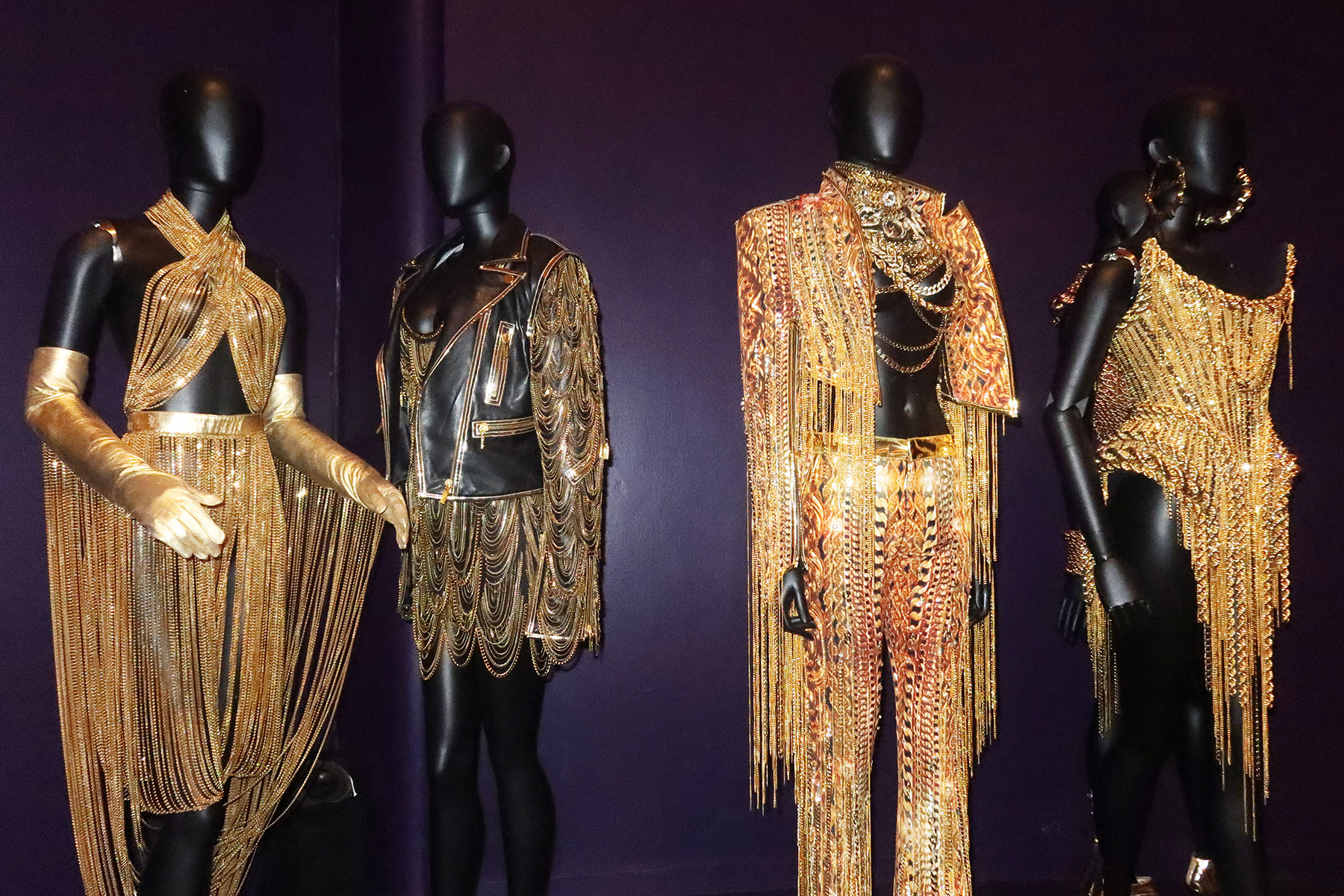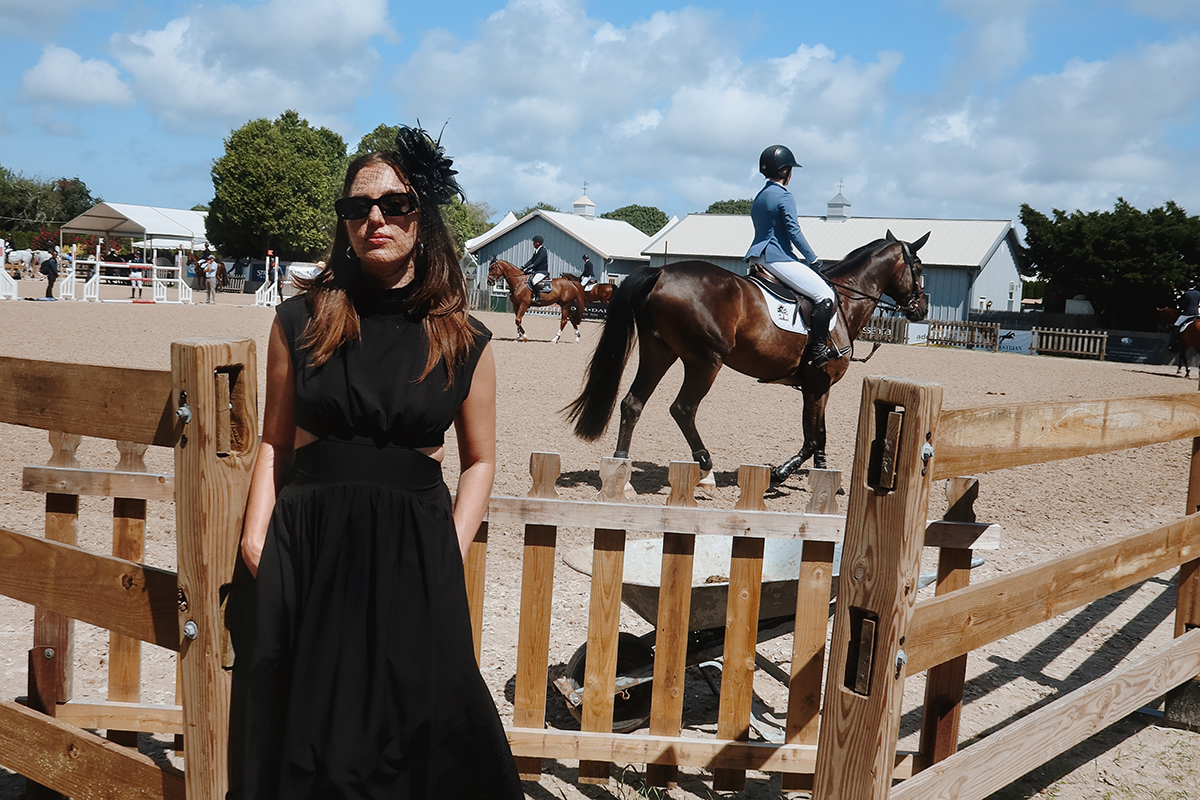Beyond the Gaze: A Review of the Documentary on Julie Campbell's Influence at Sports Illustrated Swimsuit
 Photography by @theorchidclay
Photography by @theorchidclay
On October 26, I attended the Montclair Film Festival to support the premiere of the documentary film Beyond the Gaze, directed by Jill Campbell. This 107-minute film explores the remarkable career of Julie Campbell, who served as editor for Sports Illustrated Swimsuit for three decades. Through this documentary, Jill Campbell examines Julie’s pivotal role in the brand, her experiences within a challenging workplace, and the complexities of power dynamics, along with the stories of various models who were featured in the magazine.
 Photography by @theorchidclay
Photography by @theorchidclay
The History of Sports Illustrated Swimsuit
The origins of Sports Illustrated Swimsuit can be traced back to a decisive moment in 1964 when Editor Andre Laguerre approached fashion reporter Julie Campbell to create a photographic spread for the magazine during the winter months. Embracing the challenge, Julie ventured to California, selecting models who epitomized a healthier aesthetic that contrasted with prevailing beauty ideals. Her groundbreaking work culminated in a six-page spread featuring Babette March in a white bikini, marking the inception of what would become an iconic publication. The first issue of Sports Illustrated Swimsuit hit newsstands on January 20, 1964.
 Photography by @theorchidclay
Photography by @theorchidclay
Julie Campbell's Career
Julie Campbell began her career at Glamour magazine before transitioning to Sports Illustrated as an assistant in the fashion department. Over her tenure, she rose through the ranks to take on significant production responsibilities, overseeing model selection, coordinating swimwear logistics, and conceptualizing shoot themes.
Through her extensive experience across thousands of photo shoots, Julie forged enduring relationships with models, advocating for their comfort and well-being in a male-dominated industry. Despite her visionary contributions and the commercial success she brought to the brand, Julie faced systemic challenges in receiving equitable compensation, often being told that her marital status hindered salary increases.
 Photography by @theorchidclay
Photography by @theorchidclay
In 1997, Tyra Banks became the first model to grace the cover of Sports Illustrated Swimsuit, crediting Julie with playing a crucial role in her career launch. The magazine also began to feature a diverse array of women—from Olympic gold medalists to cheerleaders—showcasing women engaged in athletic pursuits beyond traditional modeling.
Over the course of 32 years at Sports Illustrated, Julie poured her passion and creativity into each project. Unfortunately, she did not receive the recognition she deserved for her significant contributions to the publication’s financial success. The film poignantly captures Julie’s reflections on her extensive career as she matures, fostering nostalgia for her impactful journey.
 Photography by @theorchidclay
Photography by @theorchidclay
The New Sports Illustrated Swimsuit
In the past decade, Sports Illustrated Swimsuit has undergone a notable transformation, embracing inclusivity by featuring models of various body types, including curvy and transgender models, as well as individuals wearing a burkini and hijab. As the magazine approaches its 60th anniversary in 2024, it continues to evolve, diversifying its representation of women. Notably, even Martha Stewart has graced the pages of this renowned publication.
Following the film screening, a Q&A session featured Director Jill Campbell and MJ Day, Editor-in-Chief of Sports Illustrated Swimsuit, engaging with the audience. I encourage viewers to check local theaters for upcoming premieres of this insightful documentary.
This thoughtful exploration of Julie Campbell's legacy serves as a reminder of the importance of recognizing contributions within the industry and the ongoing evolution of women's representation in media.
Additional Resources
 Photography by @theorchidclay
Photography by @theorchidclay




















